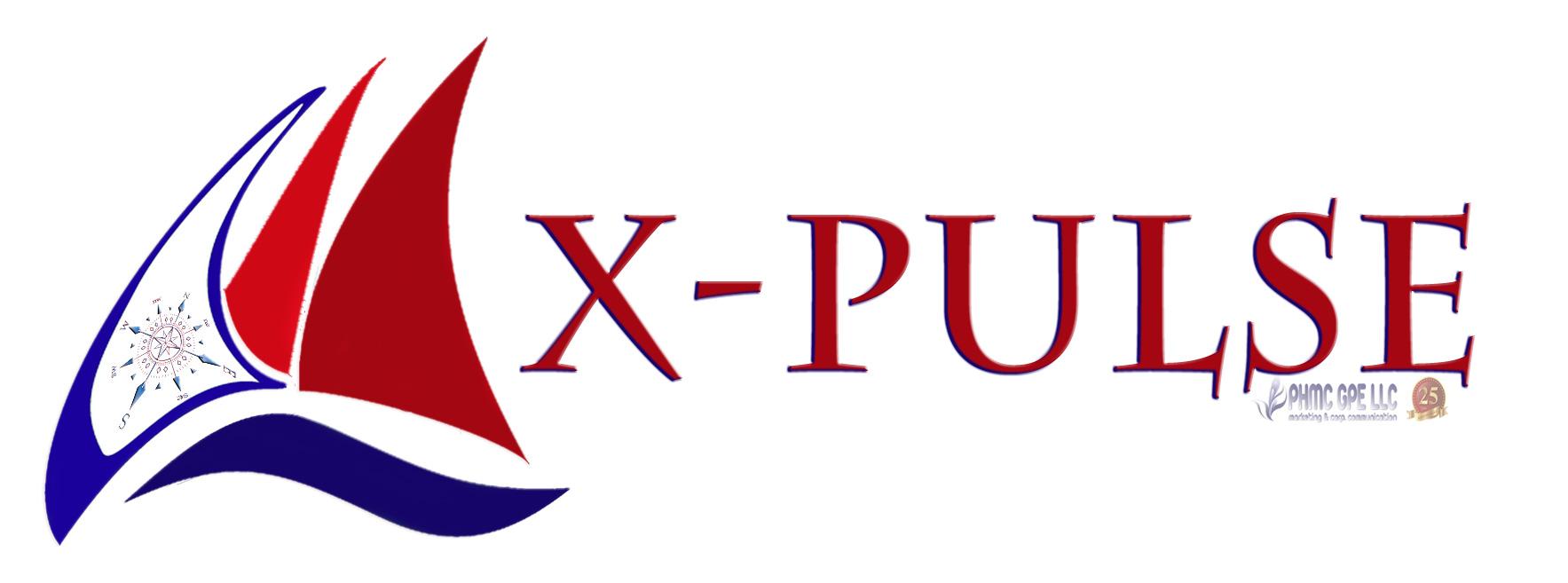This time of year there is the annual glut of big, vague and safe lists of trends we love to read and share. We seem obsessed with lists.
But think of the problem with these lists… Each and every year lists appear to generalise, distort and delete, so by definition they remove what’s relevant to you. They create edges that don’t exist, and so they remove the real value. They can’t help but do that. Any list is written from ‘their’ start point, how likely is that directly applicable by you?
So who wants to read generic trend beliefs? Is it adding to the conversation or layering on more noise or jargon? A list will be most often written to match the agenda, PR objectives, knowledge and experience of the writer/seller. Worse, the lists don’t change very much, the themes are there year in and out: Data (big, small, personalised), Content (micro, social, visual, video), Digital (semantic web, tech, software)… and so it goes. Talking to Dave Chaffey about this, the Smart Insights list of the latest digital marketing trends illustrates the problem. The top trends are similar this year to last, so this time Dave has discussed emerging technologies rather than the channels and activities.

So I think there has to be a better way to appraise opportunity for 2015?
A new approach for 2015 – Create your own list by asking great questions
I believe that sharing a list of questions for 2015 would be a lot more useful, something that we can work with, interpret and apply.
The better questions, the more useful the answers? To get you started, here’s a list of seven questions for your consideration in 2015. I’ve written it imagining you’re a client-side marketer in mind, at the coal-face, someone keen to make real strategic changes and grow, businesses looking to realise scalable value over short-term transaction optimisation. If that’s useful to you, then dig in… and don’t forget to share your questions for 2015 in the comments.
Hint: The Internet is the first marketing medium not designed for marketing. It’s designed for connection, and we’re leveraging it for marketing. As it evolves we need to ask different questions about how to better work with it. More on that here.
- Question 1. Who are you trying to reach? If you say ‘everyone’ then we can say you’ll fail, naturally, you cannot have unanimous appeal, if the mega brands can’t do it. How tightly can you define the psychographics of your assumed audience, your personas? Conceptually at least, can you describe their outlook, their beliefs and motivations? The people they move with? What are their hopes and dreams?
- Question 2. Why will they transact, interact, give you data, comment or share? What’s in it for them and what stories do they tell themselves in that process? How do they perceive your brand and your role right now, how must that change? And, how can we usefully change them to achieve the win-win?
- Question 3. What events must happen more often to answer the ‘why’ above? Think strategically not tactically. Are there things that we must stop that are damaging this? What resources do we need to then make that happen? Are there product changes needed, service or processes too? Are we creating the right brand touch-points and experiences?
- Question 4. What can you usefully test and prove? Consider investing 10% of your budget to test for 2016, to try something new, exciting even. If your whole focus is 2015 then it’s too late to change your strategy without terrifying your senior management, your horizon is likely low and you’re tied to short-term optimisation results around impacting transaction, though necessary you less likely to impact big shifts in performance with that alone. 2015 is the perfect to start something, to trial new ideas and models ready for your 2016 plan. Create the proof – the business case – around how you can market more effectively. Coca-Cola relayed this in their 70–20–10 model in their 2020 Vision for the brand.
- Question 5. Do your customers trust you enough to believe your promises? How might you consider a serving mentality when it comes to your marketing strategy – a means to earn attention and build trust in and of itself? Without consumer trust you have nothing but the ability to pay for temporary attention and optimise conversion from that. If trust is a logical pre-cursor to transactions then how might you build trust and (long-term) perhaps data capture and learn at the same time, building your brand, knowledge and your future sales potential? If marketing is by definition about acquiring and growing profitable customers (and it is), then why is so little of our thinking not about how we build trust at a time when are competitors probably aren’t hot on that?
- Question 6. Data usage. Whether your data is big or small, irrespective of the platforms you use to interrogate it and warehouse it – data is dumb and pointless until you ask it questions. So don’t make the mistake so many of us have by obsessing about data capture and storage for reporting – first define what questions do you need the data to answer, perhaps starting at each stage of the RACE planning framework to ensure a good mix. Your questions should be specific to you and what drives performance. There’s a huge difference between reporting data and deriving actionable insights that enable change and better questions.
- Question 7. Ideas not tech. Real change is going to come from galvanising a strong team around answering the questions above and creating some magic in the responses, ideas and strategies that you develop – think about your internal team and also trusted external agency partners and freelancers who might have a different perspective. It is not about deep-diving into tech, tactics, campaigns, content – that all falls out of the idea quite naturally, you’ll have too many ways to ‘implement and activate’, which is a good thing, hence the need to test and trial.
What question would you find useful to ask of yourself and your peers as the opportunities for 2015 appear around the corner? Please share in the comments… Source: MyCustumer.com - http://www.mycustomer.com










